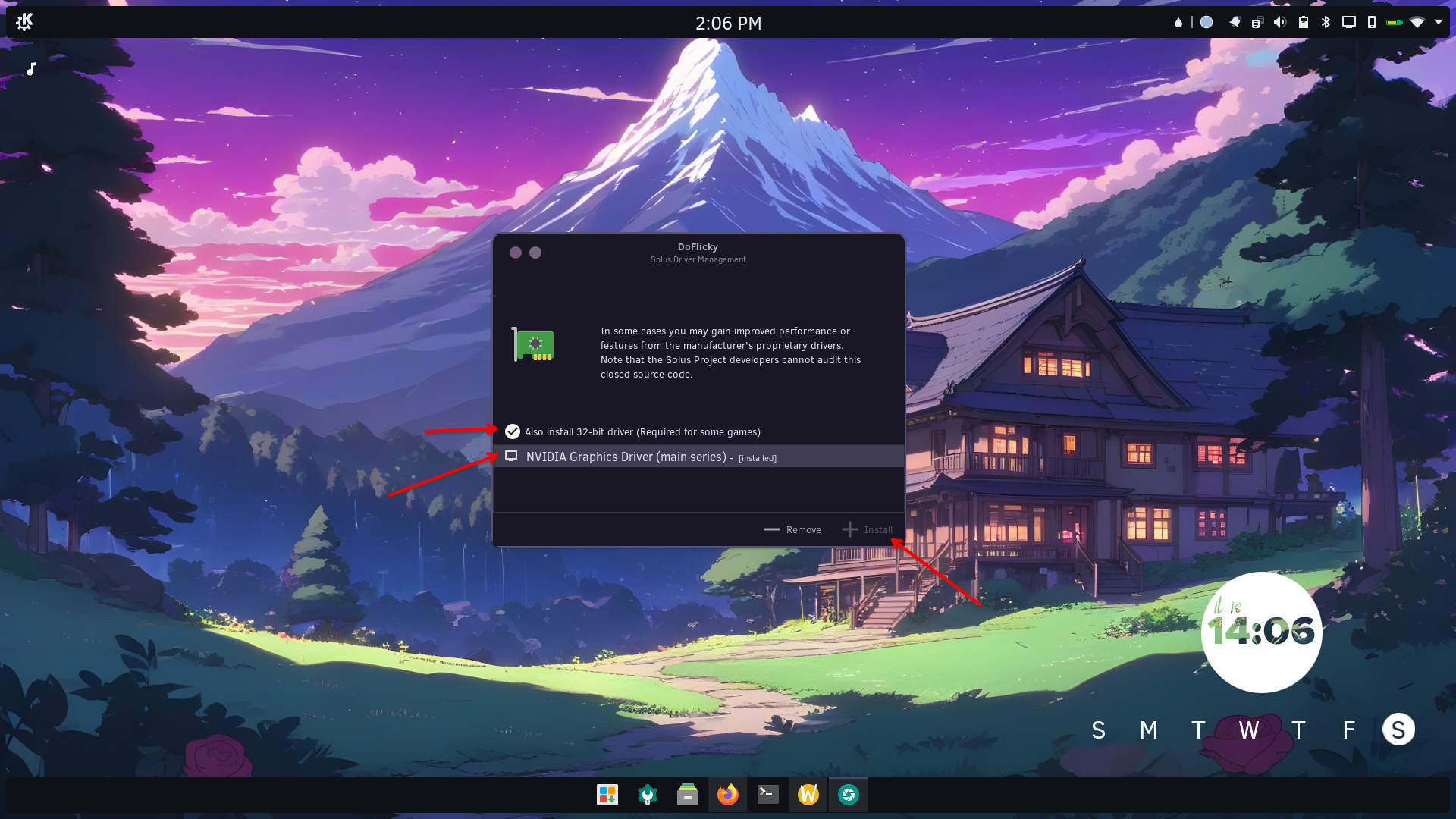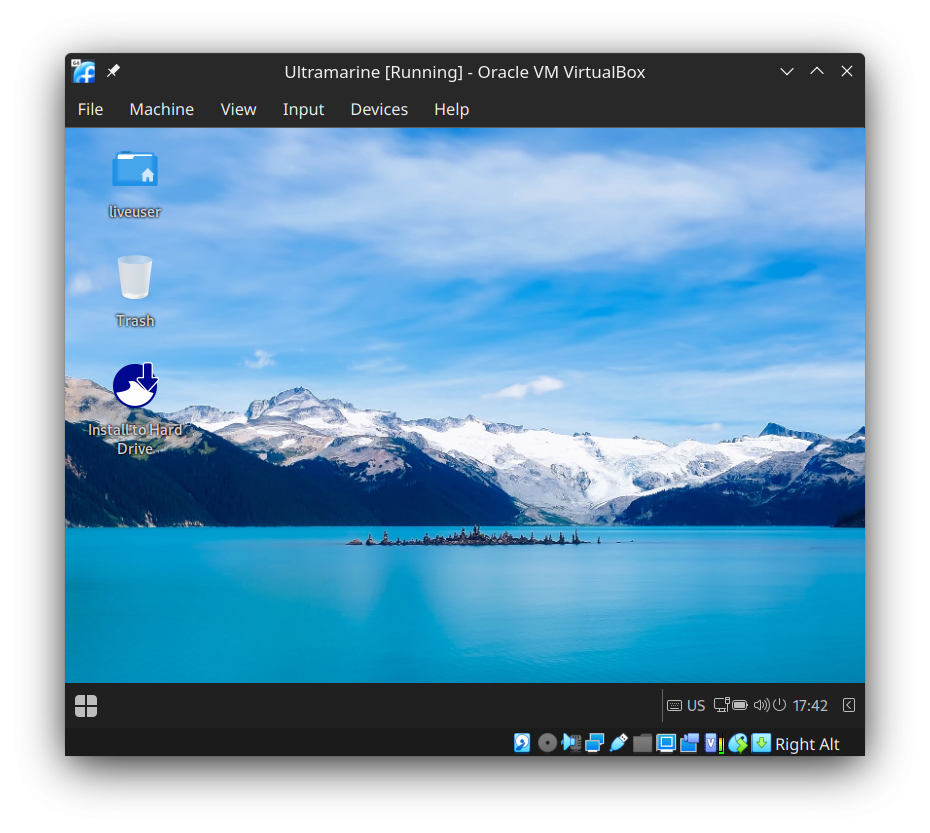brent
that's OK. I'll tell you a weird story. On my new SSD I actually cloned Solus and Endeavour (backup). Only Solus booted.
I had 4.6 but I said xxxx it because I never cloned before and 4.5 with an update is allegedly 4.6. Anyway I did find a Lenovo Thinkcentre big (25 page) pdf all about Linux and how to partition for it etc etc. That will be my after dinner reading.
@murbert @Axios that's for your input gents I need it. I'm doing new things.




 .
.